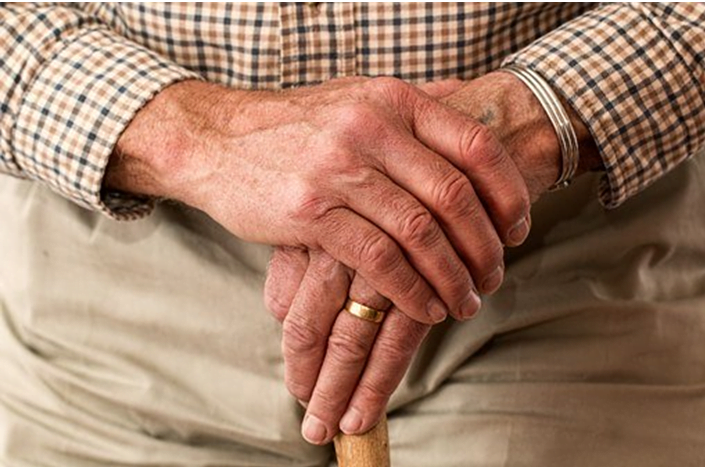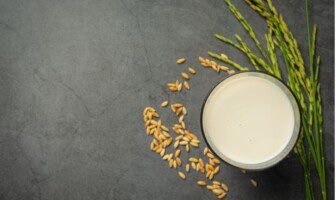
Your arteries carry your blood from your heart to the rest of your body. Your veins then return the blood from the rest of your body back to your heart. For the blood to return to your heart, the veins in your legs have to be working properly.
As your leg muscles contract in your lower legs, they act as pumps to help the blood flow and return to your heart. The tiny valves in your veins open up so the blood can flow toward your heart and then close, so the blood doesn’t flow backward.
However, when your valves become weak or damaged, blood can flow backward and pool in your vein. This causes varicose veins to appear as bluish twisted cords bulging from the surface of your skin.
You might feel some discomfort from your varicose veins; however, it is not a major health concern. However, sometimes, when they are untreated, they could get worse and lead to you needing to seek medical treatment.
Common Causes and Risk Factors
You are more prone to developing varicose veins if you have any of the following risk factors:
- Pregnancy: volume of blood increases during pregnancy, hormonal changes can also play a role
- Obesity: puts added pressure on your veins
- Family history: higher chance you’ll develop them
- Strain/standing/sitting or long periods of time: blood doesn’t flow as well if you are in the same position for too long
- Age: causes wear and tear on the valves of your veins
Symptoms and Signs
Some of the most common signs of varicose veins include:
- Veins that are dark purple or blue
- Veins that appear twisted and bulging; they are often like cords on your legs
While varicose veins might be a cosmetic issue for some, others might experience painful symptoms from your varicose veins. Some of these symptoms could include:
- Leg discomfort accompanied by soreness and tightness
- Legs become achy
- Walking can become difficult because of cramping and lower leg swelling
- Itching around the affected area
- Inflamed veins can be tender to the touch and hinder circulation
- Skin can become discolored around the affected vein
How to Reduce the Appearance
If you are suffering from varicose veins, there are some steps you can take to help reduce the appearance of them.
- Wear loose-fitting clothes.Tight-fitting clothing will not allow for your blood to circulate properly.
- Avoid sitting or standing in the same spot for an extended period of time. It is important to keep the blood circulating normally.
- Wear compression socks or stockings to help the blood circulate better in your legs.
Lifestyle Changes
In addition to reducing the appearance of varicose veins, you should make lifestyle changes to help alleviate the symptoms associated with them.
- Exercise several days a week to keep your muscles strong so they can help with blood circulation.
- Change your diet by adding more fiber and cutting down on sodium.
- Watch your weight. A leading cause of varicose veins is obesity due to the pressure placed on your lower body.
- Elevate your legs throughout the day, especiallyat the end of the day.
- Avoid crossing your legs when you sit.
Home Remedies
If you want to avoid having to seek invasive treatment, there are remedies for varicose veins you can try at home. Some home remedies to try include:
- Drink plenty of water and stay hydrated
- Drink lemon water
- Start to incorporate almonds and pistachio nuts into your diet. Increase your consumption of legumes, oats, wheat, flaxseed, whole-grain, bell pepper, spinach, vegetables, broccoli, citrus fruits, grapes, cherries, apples, blueberries, cocoa, and garlic.
- Try rubbing horse chestnut, sea pines extract, Butcher’s broom extract on legs. Dilute essential oils before using.
- Gentle massage therapy
- CQ10 supplement
- Omega-3 oils
- Ginkgo Biloba and Vitamin K
Final Thoughts
There are different reasons why you might develop varicose veins. While you might not like their appearance, for the most part, they are not a serious health concern. However, if they continue to bother you or you develop ulcers, bleeding, or believe you have a blood clot, then you should seek medical attention right away.
Read Also:




























